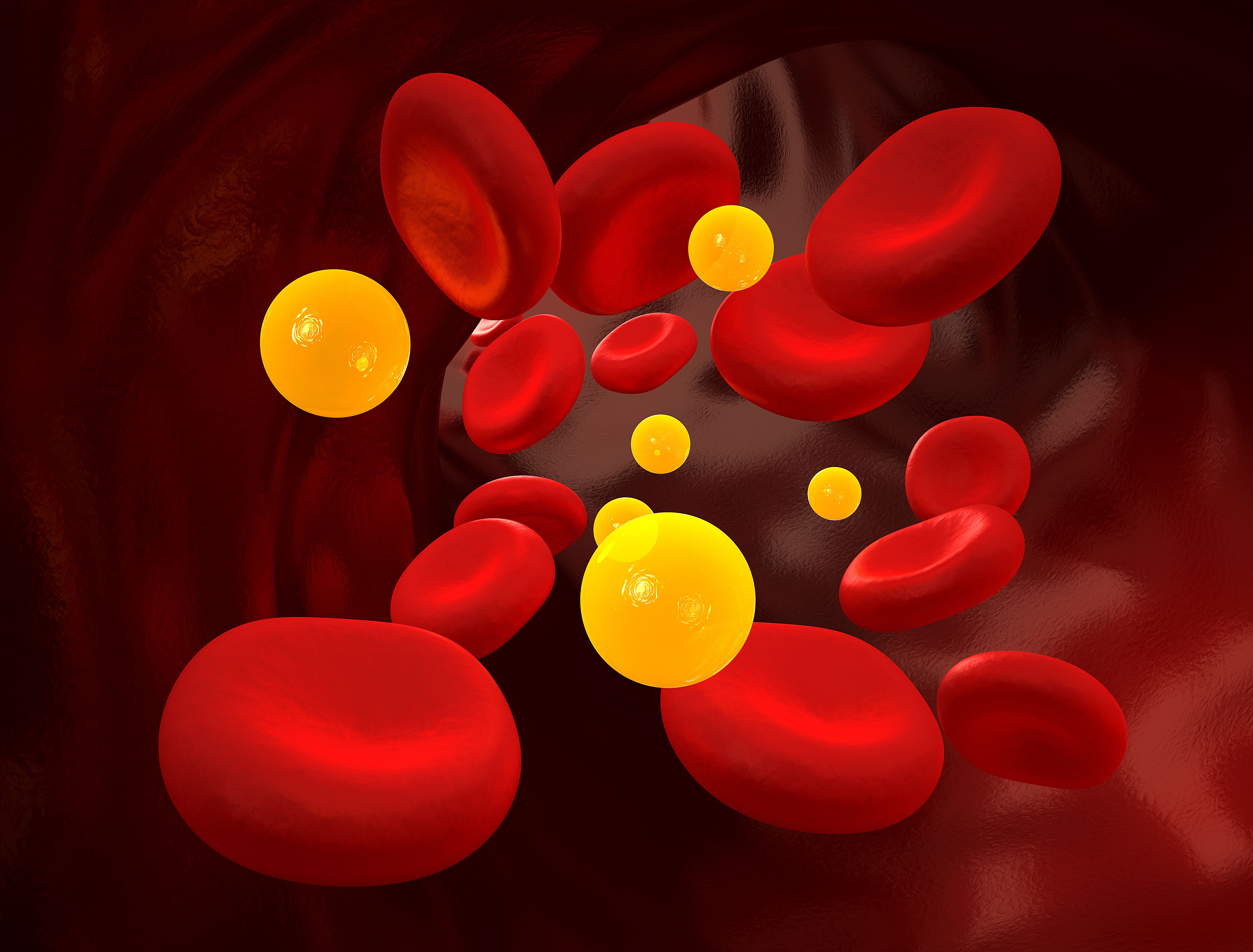Video
Emerging Agents for the Management of CVD
Author(s):
Transcript:
Joyce L. Ross, CRNP: It is important that we know a lot about the statins today, and I don’t want to belabor that because we’ve hit the high points. But they are very good drugs. They make a big difference. The earlier they get them for someone, the better off they are. But what happens and what are your thoughts about the newer medications that we have? There are new classes of medication. We have bempedoic acid that’s just as new. Is it a step before you have to go to a PCSK9 inhibitor, in your opinion?
Lynne Braun, PhD, CNP: Right now it’s not a step. First, we don’t have outcome data on bempedoic acid, and we’ll see when even other agents come out. Typically, they’re approved first for their LDL [low-density lipoprotein]–lowering ability and for their safety. So we know it’s safe, and we know that bempedoic acid is metabolized in the same route as a statin is in the liver, but it works upstream from where a statin works. We know that it doesn’t affect muscles the same way that a statin might. For individuals who need more LDL lowering, who have had muscle symptoms with statins—provided they’re not at such high risk, or even if they are—hopefully the outcome data will be very positive with bempedoic acid.
But there certainly is a role for bempedoic acid. Is there a role at this point before PCSK9 inhibitors? No, I don’t think so. Certainly bempedoic acid was not out when the guideline was published, but the chain of command with introducing nonstatins is first, maximally tolerated statin, then the addition of ezetimibe, then the addition of a PCSK9 inhibitor. By the way, it is much easier these days to get that approved than it was in 2015. I prescribed PCSK9s or tried to prescribe them out of the box in patients who had the indications and who needed additional risk lowering and LDL lowering. Certainly cost is less, and we as providers know how to write those letters of appeal and really highlight the indications that our patients have. There’s a great deal more success in getting these drugs approved.
Joyce L. Ross, CRNP: Absolutely. That’s really important. In my familial hypercholesterolemia world, that is something that is very often necessary and needed to get that patient to an LDL threshold that is OK for them. Patients in the beginning were a little frightened, but we do have the outcomes. You mentioned outcome before. That is the absolute gold standard is if we can improve what we’re doing, and we have to be able to do that for the safety of our patients. We also have to do that for making sure that we treat them appropriately, and we encourage them to talk to us about how they feel. It was injectable, but you know what, it wasn’t every day. We have new medications that mightcome out, and you could say get treated every 6 months or once a year, which blows my mind. It’s absolutely a wonderful thing to do.
Transcript Edited for Clarity





